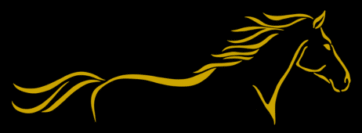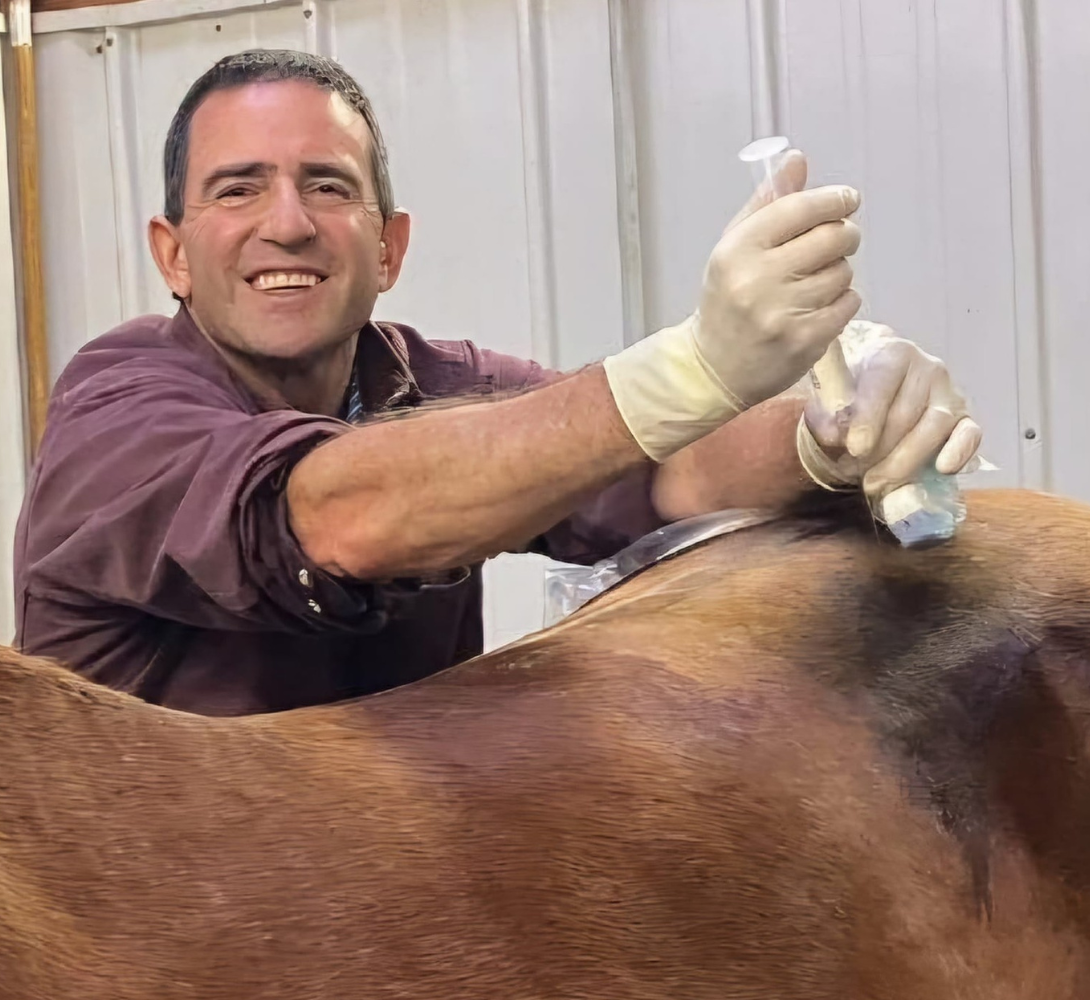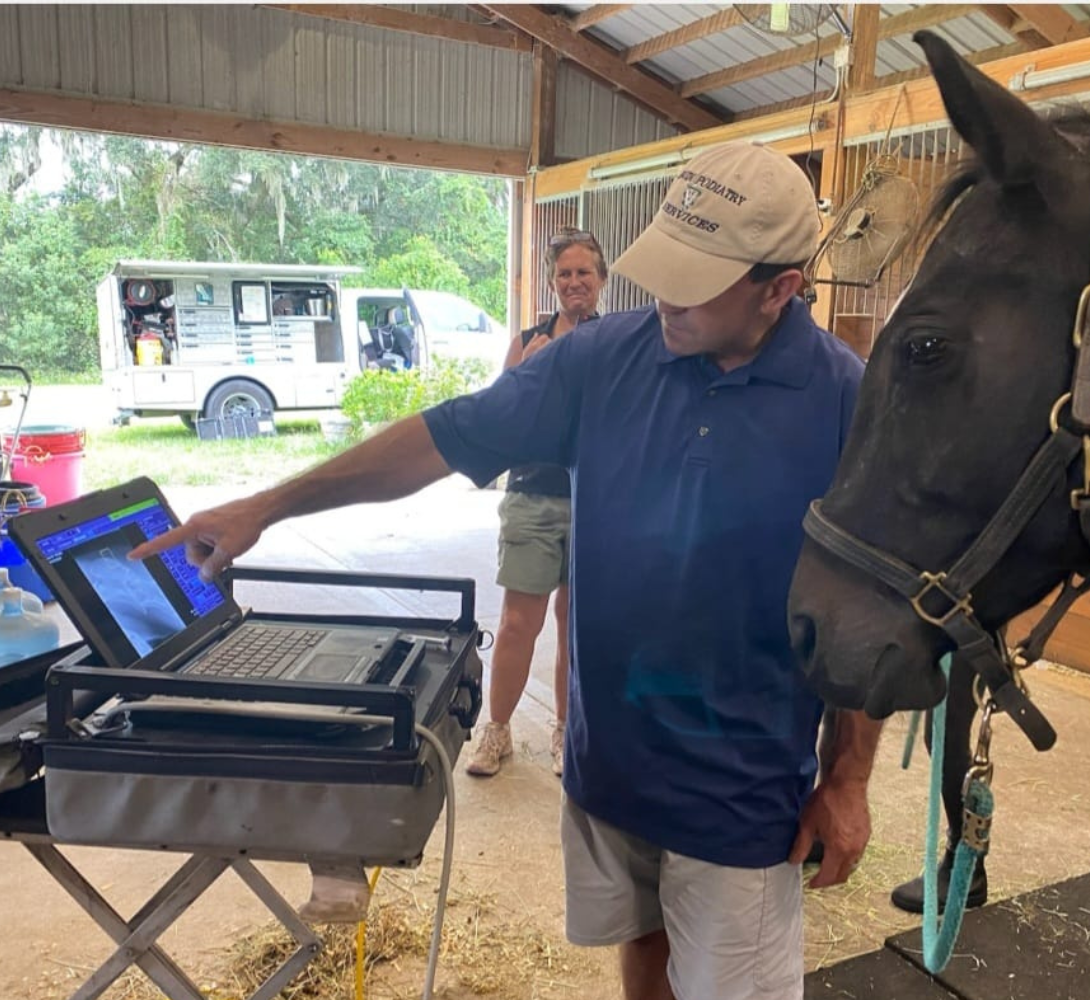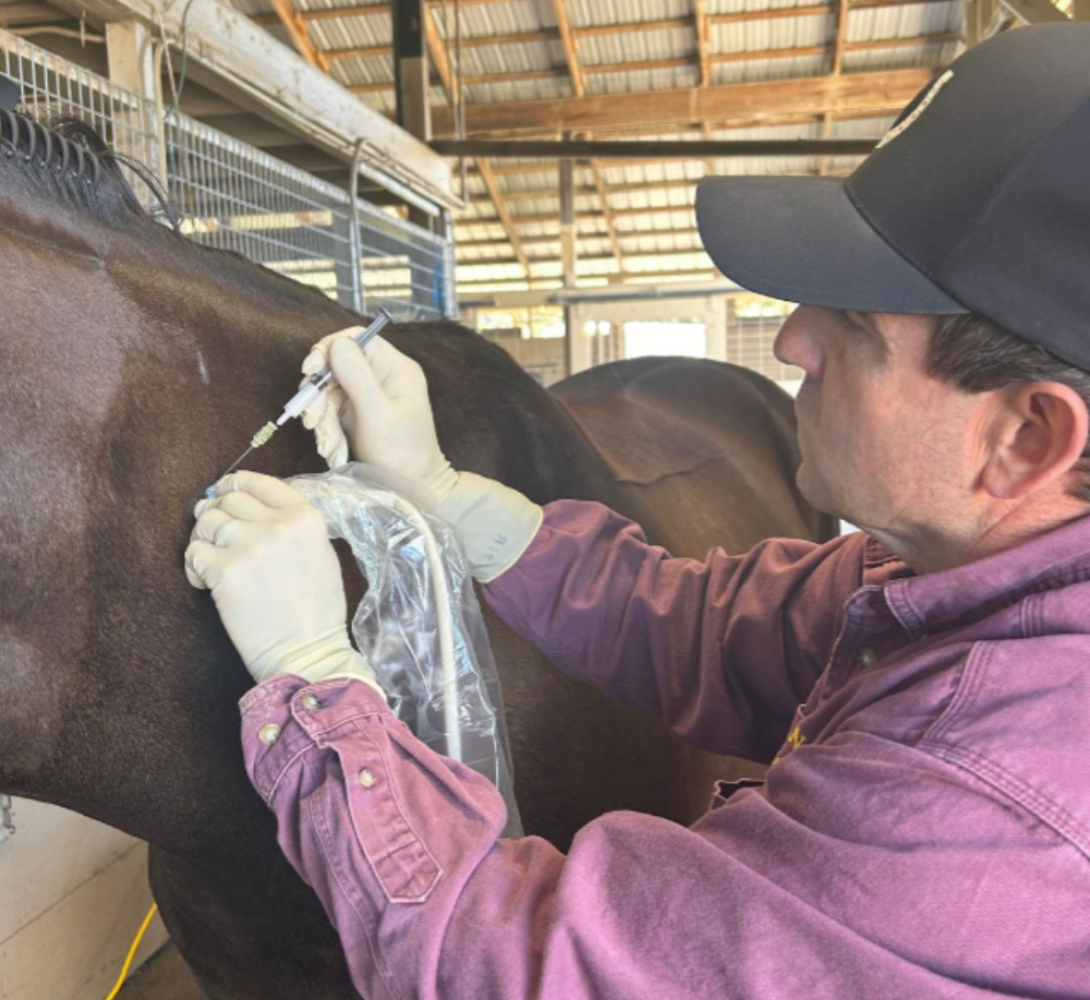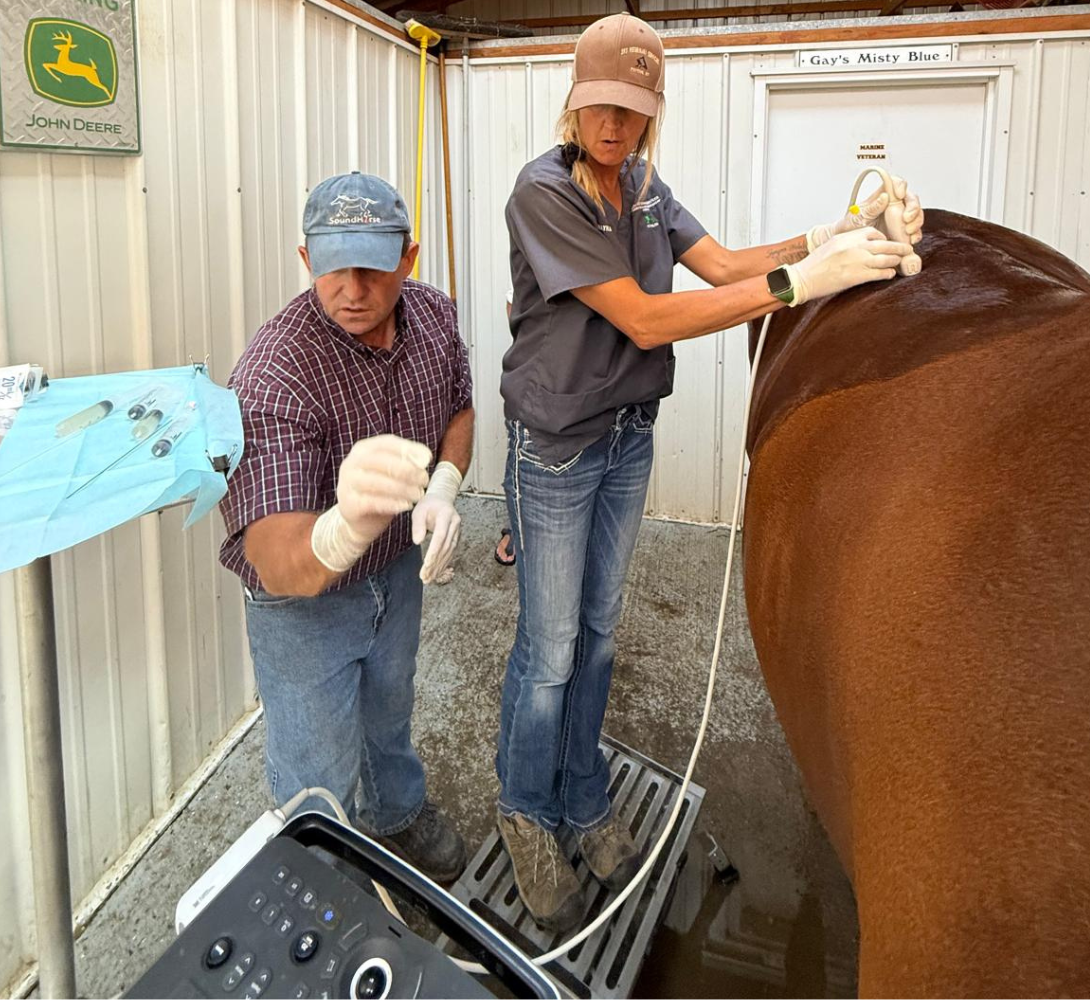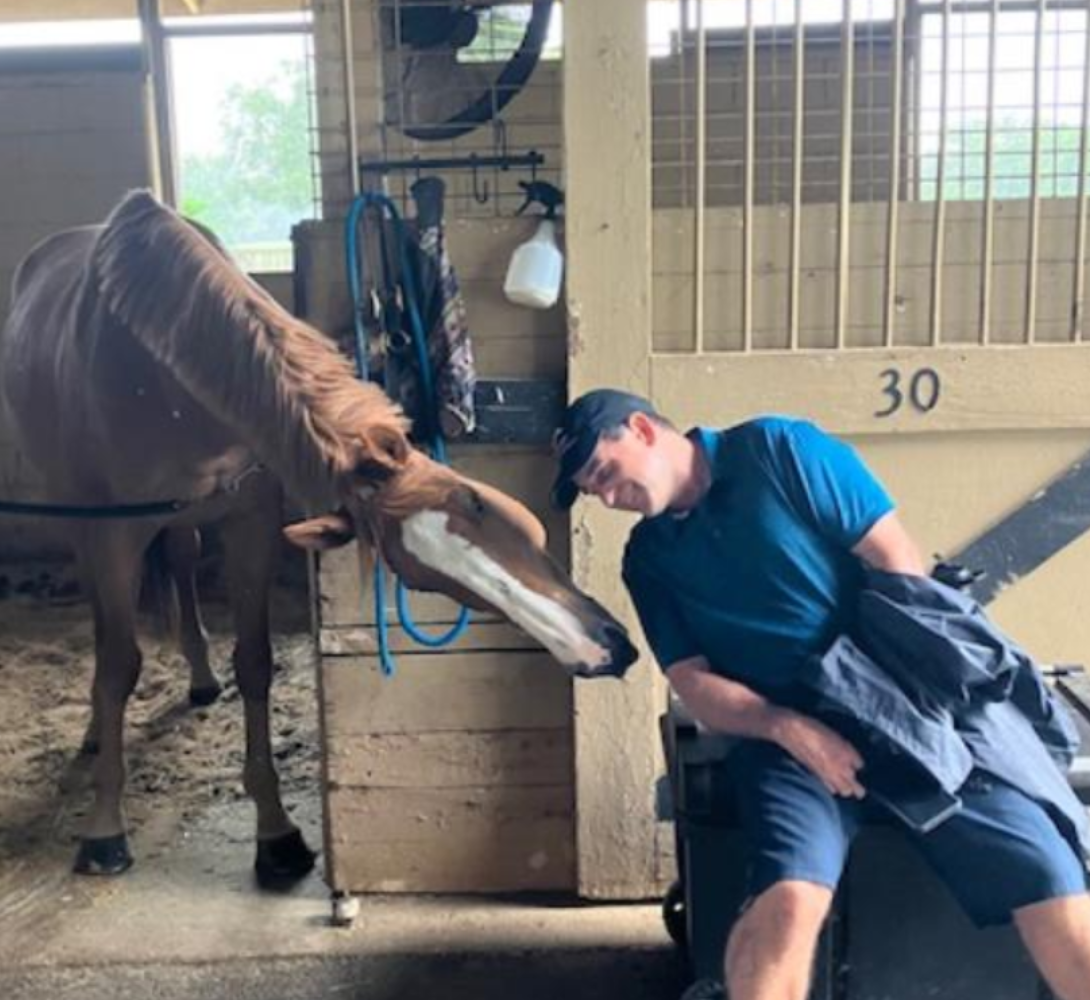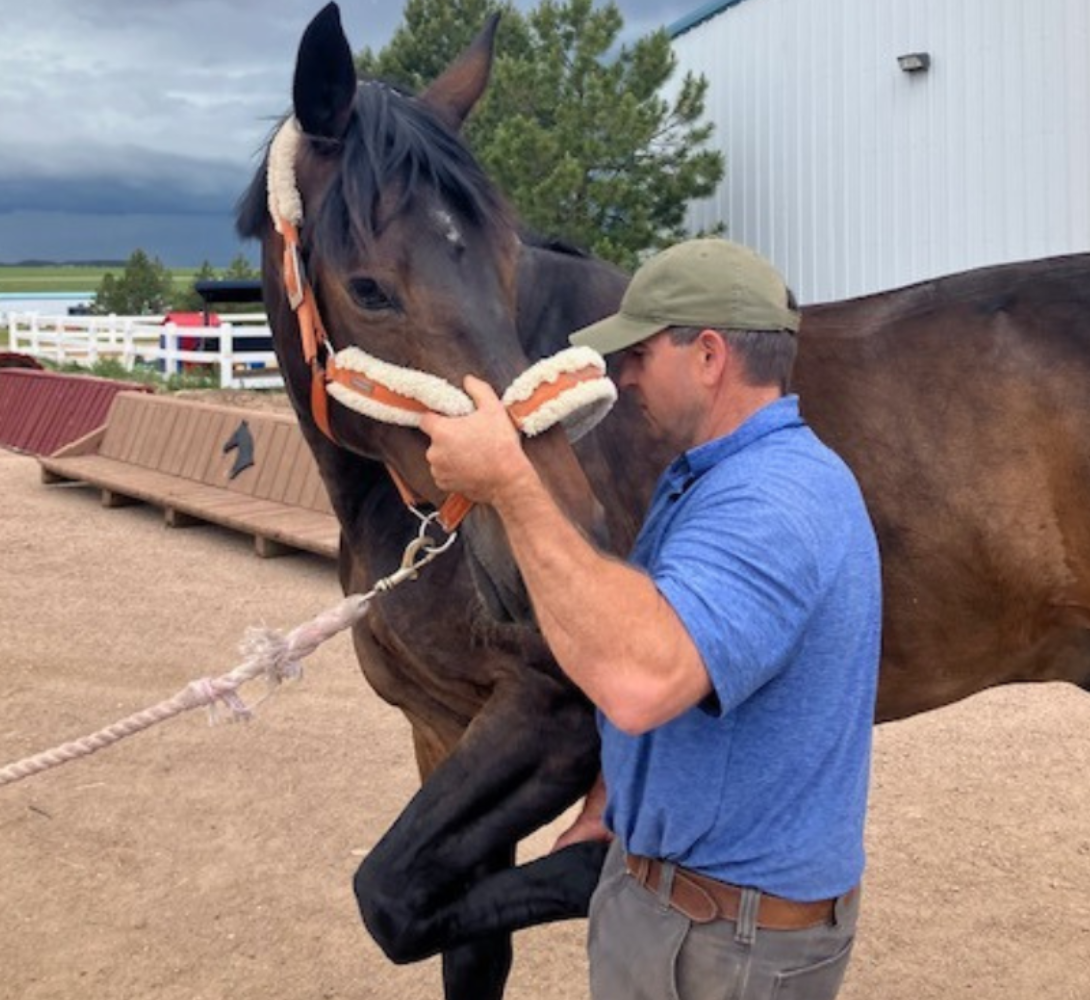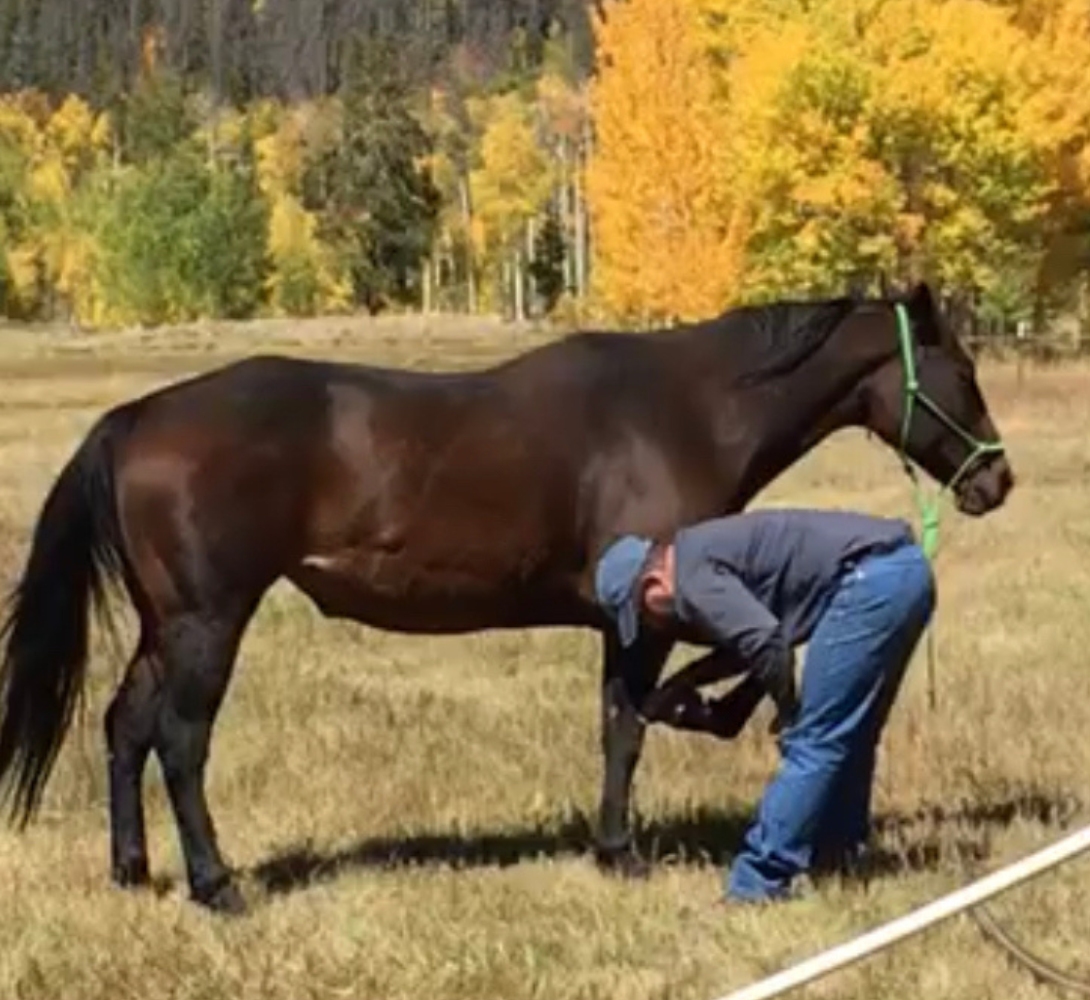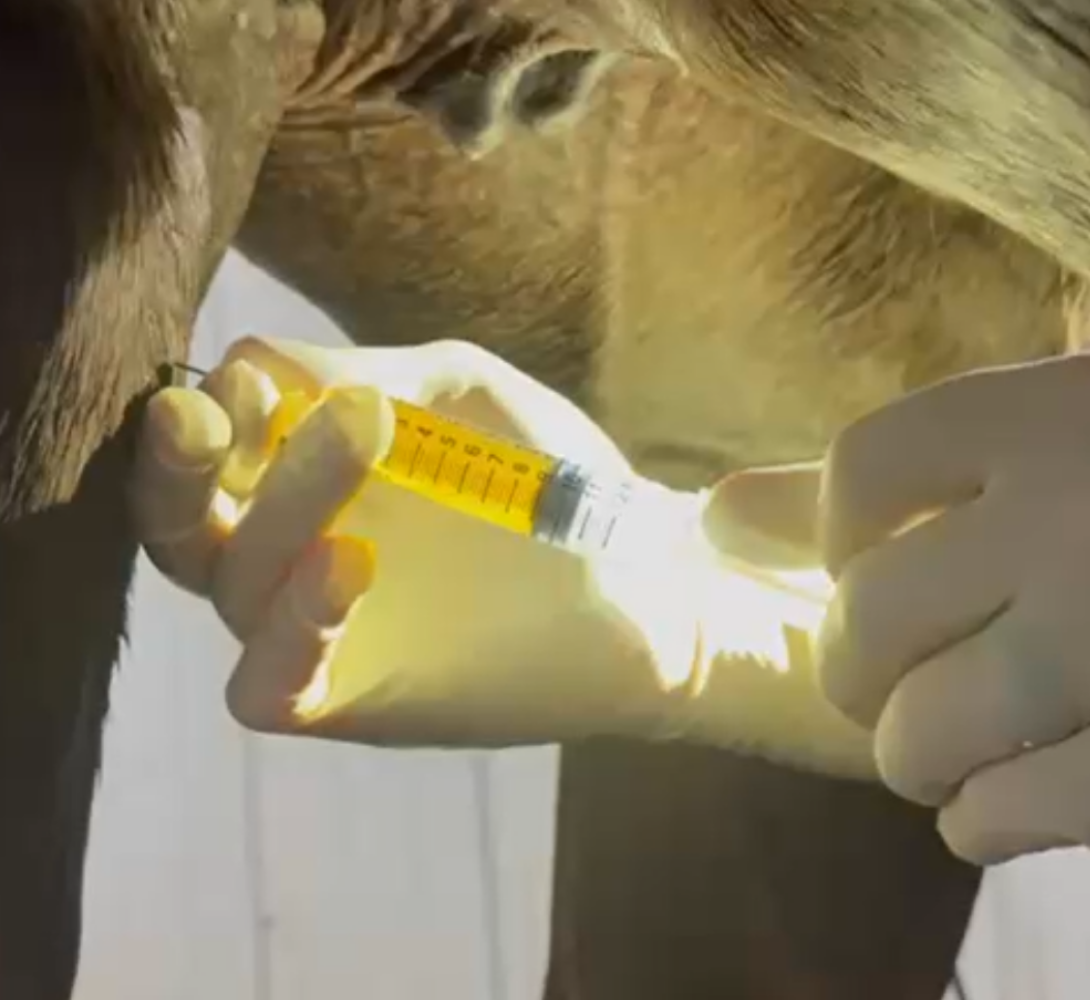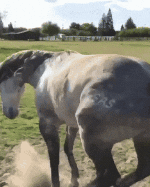Performance Troubleshooting
Is your horse being a Jackass (being difficult) or is there an underlying pain issue?
This is a partial list of symptoms that ARE NOT NORMAL and need to be investigated for your
horse to perform at maximum capability.
| Symptoms |
|
||
|---|---|---|---|
| Disciplines in General: | Western Performance Horses | ||
| Swapping or missing leads | Twisting at the pole | Not wanting to run to the steer | |
| Hopping in the hind end | Hoping on front limbs during gait transitions or depart | Not stopping hard when roping a steer | |
| Bunny hopping | Traveling with open mouth | Ducking out after roping | |
| Not extending hind limbs on the backside of the jump | More comfortable moving one way than the other | Not wanting to pull | |
| Not wanting to push from behind | Being lazy | Letting hind end drift to the right | |
| Traveling with their nose to the ground | Working out of a mild lameness | ||
| Neck bent to one side or the other | Looks good on a lunge line but feels terrible under saddle | Not wanting to enter box or alley | |
| Heavy in your hands or more on one side than the other | Consistently landing on a specific lead in the front | Wide arond barrel | |
| Twisting at the pole | Dropping a leg over the jump | Hitting barrel | |
| Landing toe first | Abnormal tail carriage | Not wanting to engage hind end | |
| Stumbling | Stopping at jumps | ||
| Muscle atrophy/soreness |

Here's an example x-ray of kissing spines
This radiograph shows kissing spines in multiple locations along the back of a horse that bucked off most of her riders. The red circles show areas that have bony remodeling from excess contact with one another, and the yellow circles illustrate where the dorsal spinous processes are either overlapping or fused. Kissing spines on radiographs aren’t always clinical, but I believe in this case it is the explanation of her behavior issues.
Many of these symptoms can be caused by multiple issues. Some of the often-undiagnosed sources of pain include foot soreness or imbalance (negative plantar angles in hind feet), neck issues, sore back or SI, muscle disorders (PSSM/MFM), EPM, and soft tissue injuries (hind suspensories can be missed). A thorough exam to identify these areas is crucial. We do more than flex and inject. We offer a wide range of therapeutic options for addressing performance-related issues. Our goal is to help your horse recover and return to their normal activities as soon as possible.
